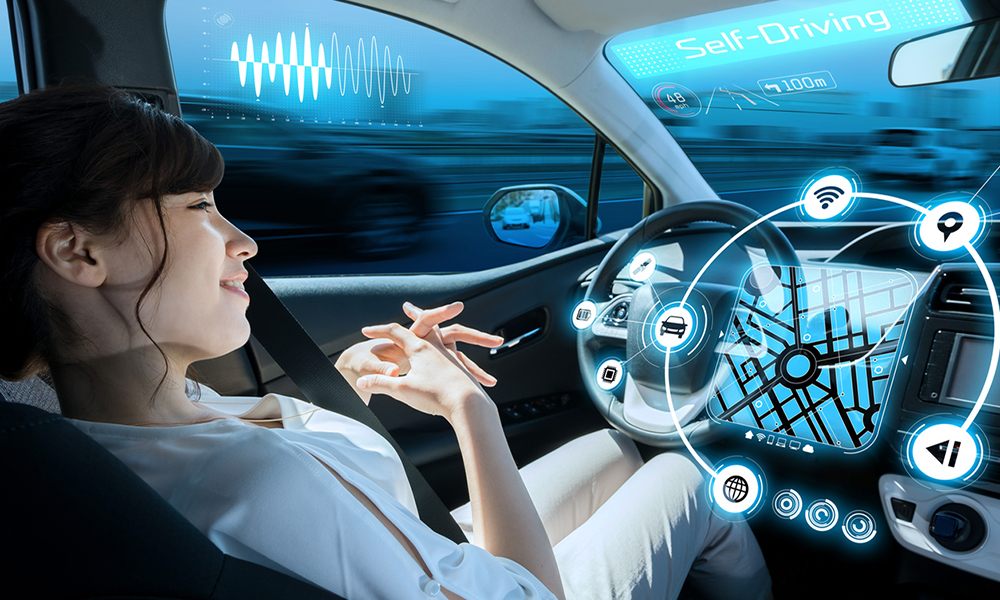The rapid development of self-driving cars has captured the imagination of technologists, car enthusiasts, and policymakers alike. With companies like Tesla, Waymo, and Uber investing heavily in autonomous vehicle (AV) technology, the dream of self-driving cars has moved from science fiction to a near reality. But the question remains: Are we truly ready for autonomous vehicles?
Understanding Autonomous Vehicles
Self-driving cars, also known as autonomous vehicles, are equipped with sensors, cameras, and advanced algorithms that allow them to navigate roads, detect obstacles, and make decisions without human intervention. They operate on different levels of automation, from Level 0 (no automation) to Level 5 (full autonomy). As of now, most self-driving vehicles are at Level 2 or 3, meaning they still require some human oversight. Level 5 autonomy, where no human input is needed at all, is still a work in progress.
The Technology Behind Self-Driving Cars
Self-driving cars use a combination of technologies such as radar, lidar, GPS, and artificial intelligence to create a real-time map of their surroundings. Radar and lidar detect nearby objects, while GPS provides precise location data. AI algorithms then interpret this data, helping the car make driving decisions like when to stop, accelerate, or avoid obstacles. Tesla’s Autopilot, for example, uses computer vision and neural networks to process visual data and make real-time driving decisions. Meanwhile, Waymo’s fleet of autonomous cars employs a combination of sensors and machine learning to navigate urban environments.
Safety: The Biggest Concern
One of the main arguments for adopting autonomous vehicles is safety. According to the World Health Organization, approximately 1.3 million people die in road traffic crashes each year, with human error being the leading cause. Self-driving cars, proponents argue, could drastically reduce these fatalities by eliminating human error from the equation. Autonomous vehicles don’t get distracted, tired, or intoxicated, making them potentially much safer than human drivers.
However, despite this potential, there are still concerns. Incidents involving self-driving cars, such as the fatal accident involving a self-driving Uber in 2018, have raised questions about whether the technology is truly ready for public roads. Additionally, there’s the challenge of edge cases—rare or unusual driving situations that may be difficult for autonomous systems to handle. While self-driving cars can navigate many everyday situations, unexpected events like a sudden pedestrian crossing or an unusual weather pattern can confuse the technology.
Legal and Ethical Considerations
The arrival of autonomous vehicles also brings complex legal and ethical challenges. For instance, who is responsible when a self-driving car causes an accident—the car’s manufacturer, the software developer, or the human passenger? There is also the issue of liability insurance. Traditional auto insurance models may need to be reevaluated to account for autonomous driving technology.
Moreover, the ethical implications of self-driving cars are another concern. Autonomous vehicles may be forced to make split-second decisions in dangerous situations. For example, if a self-driving car must choose between hitting a pedestrian or colliding with another vehicle, how should it decide? These are moral dilemmas that researchers and policymakers are currently grappling with as they work to create regulatory frameworks for autonomous cars.
Infrastructure and Economic Impact
Self-driving cars will also have a significant impact on infrastructure. Roads, traffic signals, and city planning may need to be updated to accommodate autonomous vehicles. Smart infrastructure, such as roads equipped with sensors that can communicate with self-driving cars, will be key to ensuring smooth and safe AV operation.
Economically, the rise of self-driving cars could disrupt several industries. The trucking and taxi industries, which employ millions of drivers globally, may see massive job losses. On the other hand, new opportunities in software development, AI, and vehicle manufacturing could emerge, creating new markets and jobs. The shift from human-driven to autonomous vehicles will reshape the global economy, potentially increasing efficiency but at the cost of significant societal changes.
Are We Ready for Autonomous Vehicles?
So, are we ready for self-driving cars? While the technology has made remarkable progress, widespread adoption still faces hurdles. Technical challenges, safety concerns, legal frameworks, and ethical issues must be addressed before self-driving cars become mainstream. Governments, technology companies, and regulatory bodies must work together to ensure the safe and efficient integration of autonomous vehicles into society.
The path toward autonomous driving is inevitable, but we must proceed with caution. The technology holds incredible potential to transform our roads and cities, but it will take time, testing, and collaboration to ensure we are truly ready for a world of self-driving cars.
Self-Driving Cars: Are We Ready for Autonomous Vehicles?


